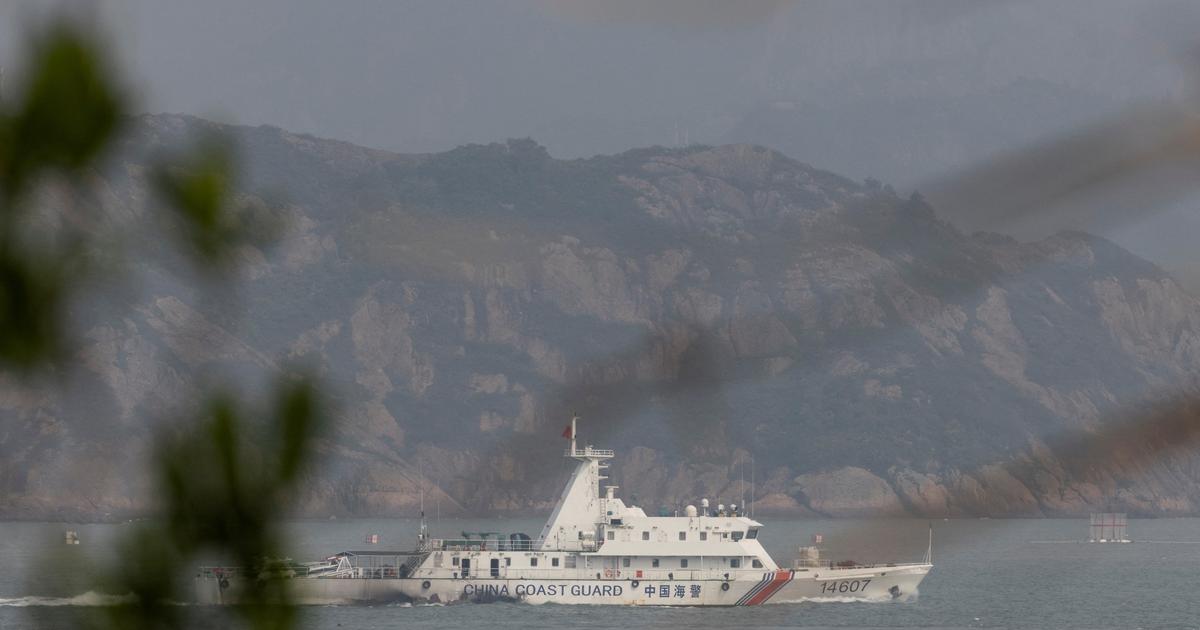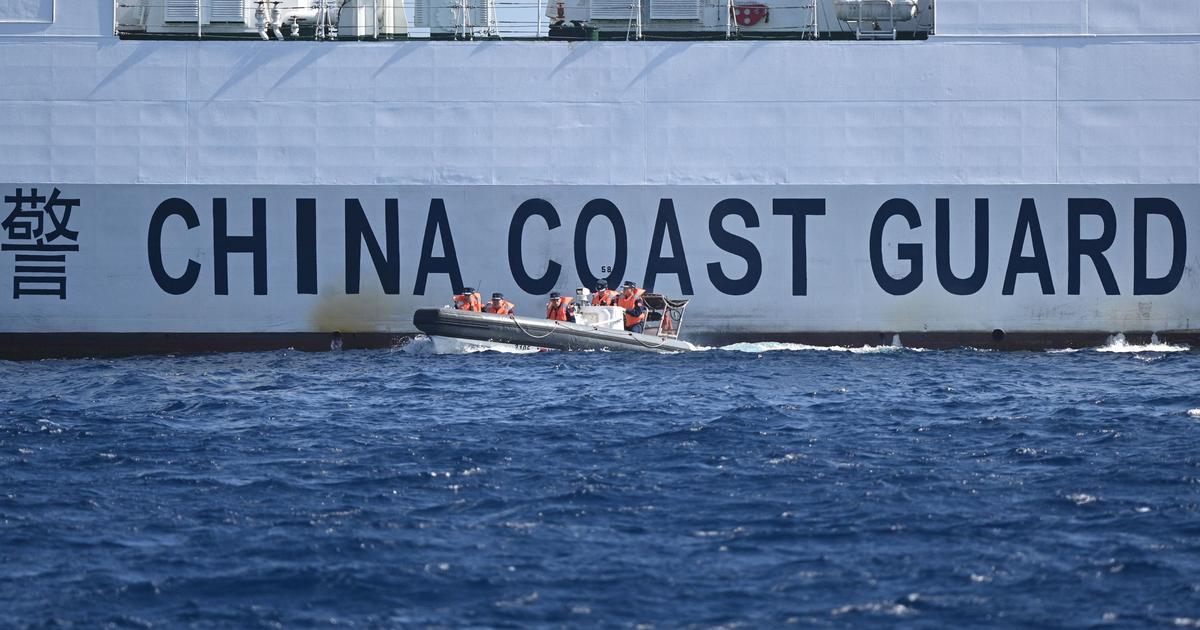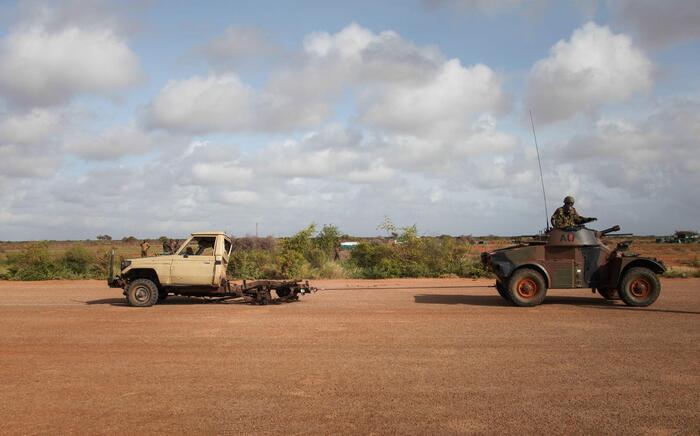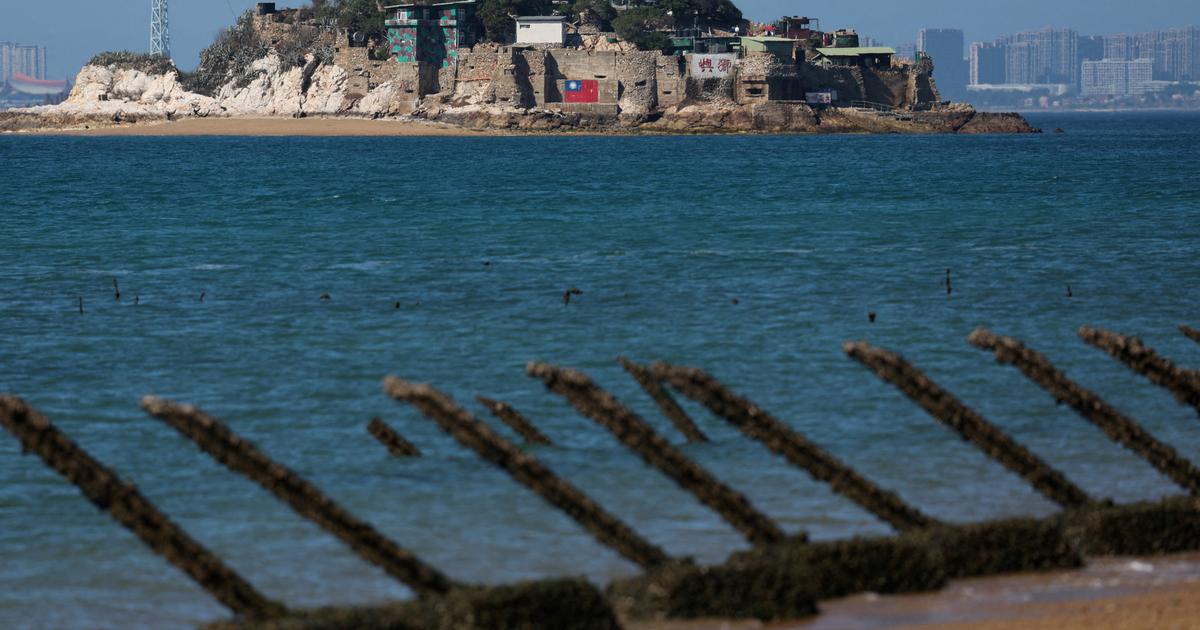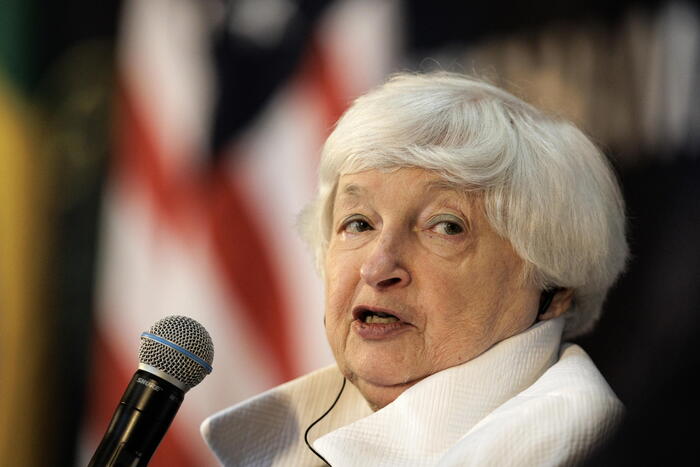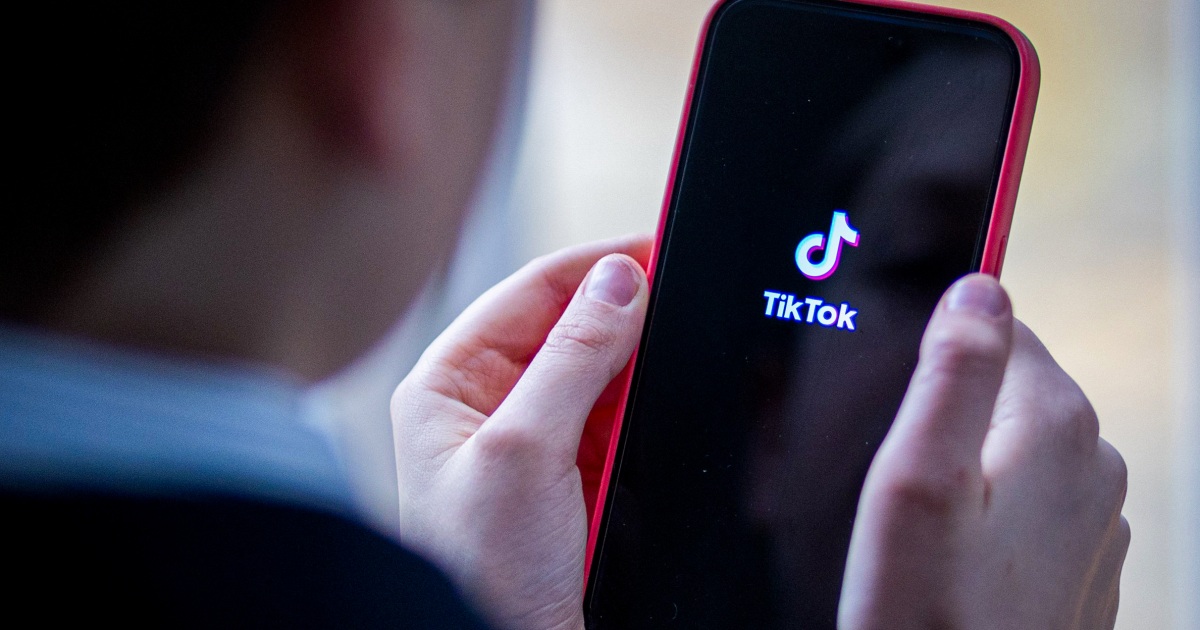It may be months before US intelligence agencies can compare the daring flight of a Chinese surveillance balloon across the country with other intrusions into US national security systems to determine its classification.
After all, there is a lot of competition.
Some 15 years ago the theft of the F-35 designs occurred, which allowed the Chinese air force to develop its similar stealth fighter, with Chinese characteristics.
In 2015, China's top team of hackers looted the
security clearance files of 22 million Americans
from the barely protected computers of the Office of Personnel Management .
That, combined with stolen Anthem medical files and travel records from Marriott hotels, has presumably helped the Chinese create a detailed blueprint of America's national security infrastructure.
But out of sheer chutzpah, there was something different about the balloon.
It became the object of public fascination when it floated over Montana's nuclear silos, was later spotted near Kansas City, and met its cinematic end when a Sidewinder missile shot it down over shallow water off the South Carolina coast.
No wonder it's now coveted by military and intelligence officials who desperately want to reverse engineer whatever wreckage the Coast Guard and Navy can recover.
However, beyond the televised spectacle,
the whole incident also speaks to how little Washington and Beijing communicate
, almost 22 years after the collision of an American spy plane and a Chinese fighter some 70 miles off the coast of the Hainan Island led both sides to promise to improve their crisis management.
The suspected Chinese drifting spy balloon flies into the ocean after being shot down off the coast of Surfside Beach, South Carolina.
(REUTERS/Randall Hill)
"We don't know what the intelligence yield was for the Chinese," said Evan Medeiros, a Georgetown professor who advised President Barack Obama on China and Asia at the National Security Council.
"But there is no question that it was a flagrant violation of sovereignty," something the Chinese vociferously oppose as the US flies over and sails past islands China has built from shoals in the China Sea. Southern.
"And this made China's challenge visceral," Medeiros said,
"to look up when you're walking your dog and see a Chinese spy balloon in the sky."
Turns out it wasn't the first time.
Hours before the giant balloon met its deflated end,
the Pentagon said another one was in flight, over South America
.
And he pointed to a long history of Chinese balloons flying over the United States (which the Pentagon somehow never wanted to talk about before, until this incident forced it to).
"Instances of this type of balloon activity have been observed in recent years," Pentagon spokesman Brigadier General Patrick S. Ryder said in a statement released Thursday.
A senior official said many of them were in the Pacific, some near Hawaii, where the Indo-Pacific Command is based, along with much of the Pacific Fleet's naval capability and surveillance equipment.
Ryder's confession raises the question of whether the United States did not set a red line on balloon surveillance years ago, essentially encouraging China to be ever bolder.
"The fact that they have entered airspace before is not comforting," said Amy B. Zegart, a senior fellow at the Hoover Institution and author of "Spies, Lies and Algorithms," a study on new ubiquitous surveillance technologies.
"We should have had a strategy sooner," she said, and "we should have drawn our limits much sooner."
Of course, there is nothing new about superpowers spying on each other, even from balloons.
President
Dwight D. Eisenhower authorized surveillance of the Soviet Union through the use of balloon cameras in
the mid-1950s, which flew over "Soviet Bloc countries under the guise of conducting weather research," according to an article published by the National Archives in 2009. The author, David Haight, archivist at the Eisenhower Library, reported that "this provoked more protest from the Kremlin than useful information."
The balloon incident came at a time when Democrats and Republicans are competing to show who can be stronger against China.
And it showed: The new chairman of the House Intelligence Committee, Rep. Michael R. Turner, R-Ohio, echoed the many Republicans who argued that the balloon should have been shot down sooner.
He called the tackle "sort of like tackling the quarterback after the game is over."
The satellite had completed its mission.
He should never have been allowed into the United States, and he should never have been allowed to complete his mission."
It's still unclear what that "mission" was, or whether the risk of letting it go ahead was actually greater than the risk of bringing the balloon down on the ground, as Turner seemed to imply.
It is only a small part of the
increasingly aggressive "espionage versus espionage" maneuvers
by the superpower's competitors.
That has only intensified as control of semiconductor production equipment, artificial intelligence tools, 5G telecommunications, quantum computing, and life sciences have become the source of new arms races.
And both sides play.
Yet it was the obviousness of the balloon that had many in Washington wondering if the intelligence community and civilian leadership in Beijing are talking to each other.
"Whatever the value of what the Chinese may have gotten," said General Michael Rogers, a former director of the National Security Agency during the Obama and Trump administrations, "what was different here was the visibility. It just
has a different feeling when it comes to a physical intrusion into the country
."
And once it was detected, China "mishandled it," he said.
The balloon flew over the continental United States just days before Secretary of State Antony Blinken made the first visit by a senior US diplomat to Beijing in many years.
The Chinese authorities maintained that it was a weather balloon that had entered US airspace by accident.
Blinken canceled his trip
, a public slap in the face that many US officials believe President Xi Jinping cannot take joy in, at a time when the Chinese leader appears to be trying to stabilize relations with rapidly declining Washington.
This was not a life-threatening crisis.
But the fact that Chinese officials, realizing the balloon had been sighted, didn't call to find a way to fix it was telling.
When the balloon was shot down, China issued a statement saying that "for the United States to insist on the use of armed forces is clearly an overreaction."
Few experts doubt that, had the situation been reversed,
China would have resorted to force
: it has threatened to do so when it has believed outsiders were entering disputed waters, let alone established Chinese territory.
"It makes you wonder who was talking to whom in China," Zegart said.
"This is clearly the biggest unforced error the Chinese have made in a long time."
c.2023 The New York Times Company



